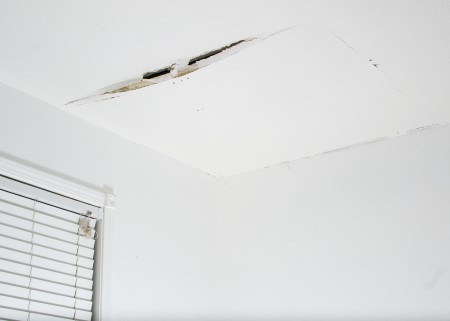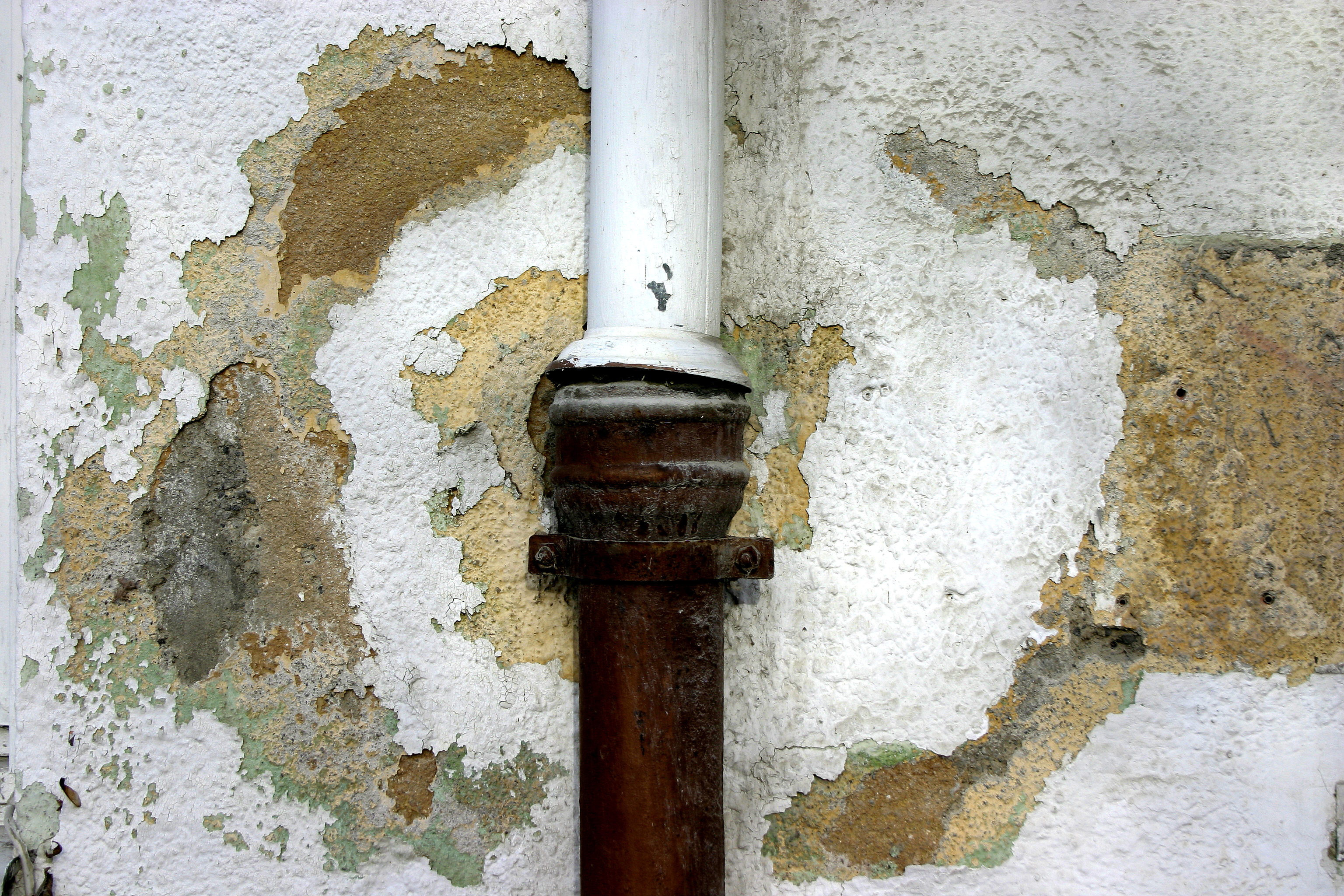Do's & Don'ts of Water Damages.
Do's & Don'ts of Water Damages.
Blog Article
This article below relating to What You Can Do At Home To Prevent Fire And Water Damage is amazingly fascinating. Don't overlook it.

Water offers life, water invasion on components where it's not intended to be can result in damages. It can peel off away surface areas as well as wear down the foundation if the water soaks right into your framework. Mold and mildew as well as mildew also prosper in a moist atmosphere, which can be dangerous for your health. Residences with water damages odor old and musty.
Water can originate from lots of sources such as tropical cyclones, floods, burst pipelines, leakages, and sewage system issues. In case you experience water damage, it would be excellent to understand some security preventative measures. Here are a couple of guidelines on just how to take care of water damage.
Do Prioritize Residence Insurance Policy Insurance Coverage
Water damage from flooding because of heavy winds is seasonal. Nonetheless, you can likewise experience an abrupt flood when a defective pipeline unexpectedly bursts right into your home. It would certainly be best to have house insurance policy that covers both acts of God such as all-natural calamities, and also emergency situations like busted plumbing.
Don't Neglect to Turn Off Energies
In the event of a calamity, specifically if you stay in a flood-prone location, it would certainly be suggested to turn off the main electrical circuit. This cuts off power to your whole home, stopping electric shocks when water comes in as it is a conductor. Additionally, don't fail to remember to switch off the primary water line valve. Furnishings will move around and trigger damage when floodwaters are high. Having the primary shutoff shut down avoids additional damages.
Do Remain Proactive and Heed Climate Signals
Tornado floods can be very unpredictable. If there is a history of flooding in your community, remain positive as well as prepared. Listen to emptying warnings if you live near a river, creek, or lake . Take out belongings from the first stage as well as basement, then placed them on the highest feasible degree. Doing so lowers potential residential property damage.
Don't Neglect the Roofing System
You can avoid rainfall damages if there are no holes and also leakages in your roofing system. This will stop water from moving down your wall surfaces and soaking your ceiling.
Do Pay Attention to Little Leaks
A ruptured pipe does not happen overnight. You may see gurgling paint, peeling wallpaper, water streaks, water spots, or leaking sounds behind the walls. Have your plumbing fixed prior to it results in massive damage.
Don't Panic in Case of a Burst Pipe
Maintaining your presence of mind is important in a time of dilemma. Due to the fact that it will certainly stifle you from acting fast, panicking will only compound the problem. When it involves water damage, timing is crucial. The longer you wait, the even more damages you can anticipate. Therefore, if a pipeline bursts in your home, promptly turned off your main water shutoff to cut off the resource. After that unplug all electrical outlets in the location or turn off the circuit breaker for that part of the house. Lastly, call a trustworthy water damage restoration specialist for help.
Water gives life, water breach on parts where it's not intended to be can result in damage. Houses with water damages scent old as well as moldy.
Water damages from flood dues to heavy winds is seasonal. You might notice gurgling paint, peeling wallpaper, water streaks, water spots, or leaking audios behind the wall surfaces. When it comes to water damage, timing is essential.
Some Do's & Don't When Dealing with a Water Damage
DO:
Make sure the water source has been eliminated. Contact a plumber if needed. Turn off circuit breakers supplying electricity to wet areas and unplug any electronics that are on wet carpet or surfaces Remove small furniture items Remove as much excess water as possible by mopping or blotting; Use WHITE towels to blot wet carpeting Wipe water from wooden furniture after removing anything on it Remove and prop up wet upholstery cushions for even drying (check for any bleeding) Pin up curtains or furniture skirts if needed Place aluminum foil, saucers or wood blocks between furniture legs and wet carpet Turn on air conditioning for maximum drying in winter and open windows in the summer Open any drawers and cabinets affected for complete drying but do not force them open Remove any valuable art objects or paintings to a safe, dry place Open any suitcases or luggage that may have been affected to dry, preferably in sunlight Hang any fur or leather goods to dry at room temperature Punch small holes in sagging ceilings to relieve trapped water (don't forget to place pans beneath!); however, if the ceiling is sagging extremely low, stay out of the room and we'll take care of it DO NOT:
Leave wet fabrics in place; dry them as soon as possible Leave books, magazines or any other colored items on wet carpets or floor Use your household vacuum to remove water Use TV's or other electronics/appliances while standing on wet carpets or floors; especially not on wet concrete floors Turn on ceiling fixtures if the ceiling is wet Turn your heat up, unless instructed otherwise

I was made aware of that report about 5 Home Safety Tips To Reduce The Risk Of Fire And Water Damage through someone on another web property. Kindly take the opportunity to promote this blog if you enjoyed it. Many thanks for going through it.
Report this page